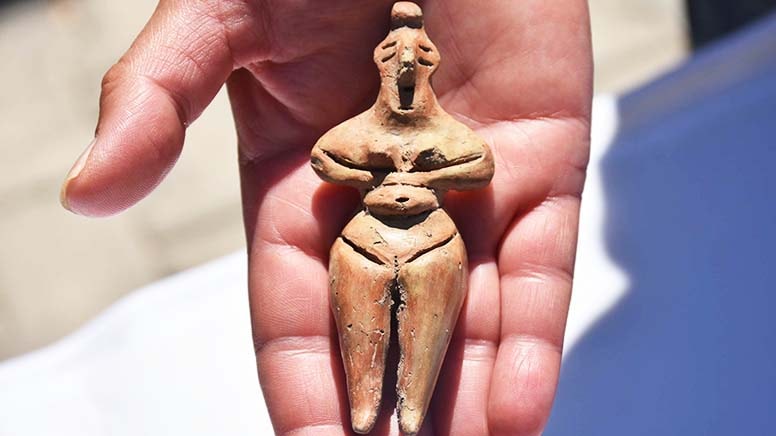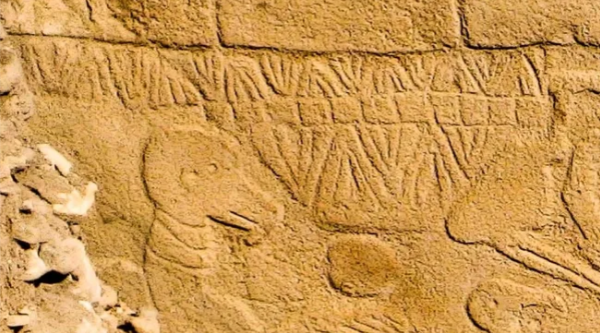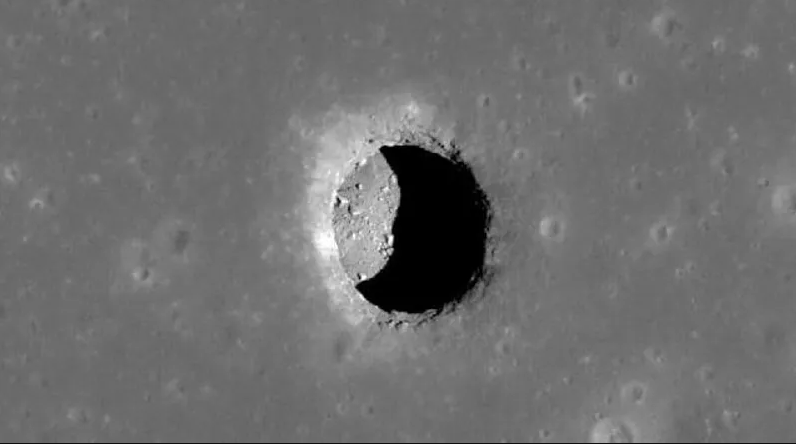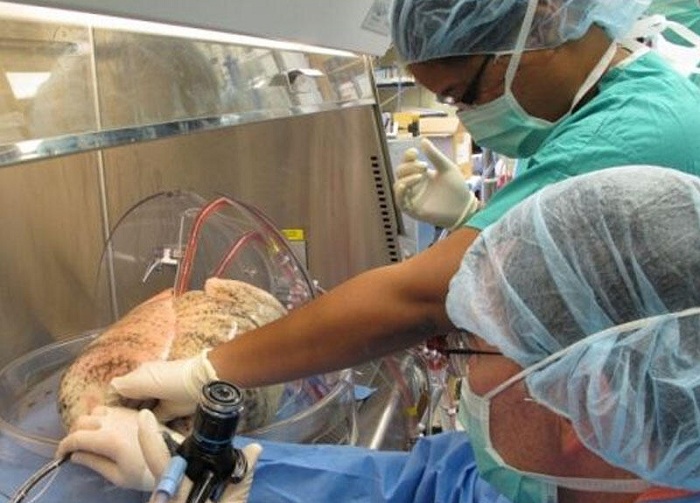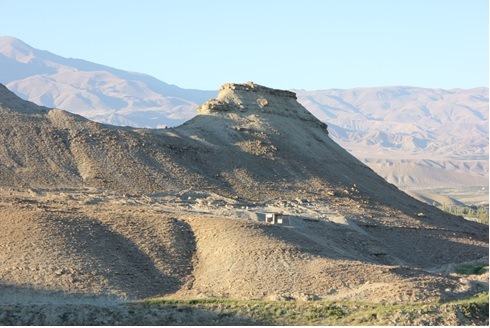
- A-
- A
- A+
The first Bronze Age settlements explored in Nakhchivan
The Harabagilan archaeological expedition led by Bahlul Ibrahimli, head of the Department of ANAS Institute of Archeology and Ethnography discovered the Plovdog foothills (Nakhchivan AR, Ordubad) refers to the Early, Middle, and Bronze Age.
According to Bahlul Ibrahimi, the main purpose of the archeological excavations was to identify the chronology of two habitats, which cover the southern and northern foothills of the Plovdog.
The archeological excavations were carried out at the 1st settlements, located at the southern slopes of the Plovdog, between the two peaks of the mountain and the second dwelling, located on the northern slopes of the Plovdog. Total area of excavations is 320 sq. m.
Studies have revealed that settlement 1 consists of two cultural layers, but settlement in this settlement began at the beginning of the Middle Bronze Age and continued until the end of the second millennium.
Excavations in settlement 2 were carried out in three separate residential buildings. House No. 1 was round in shape and the walls were 70–80 cm high. The eastern side is 50 cm wide and 70 cm high. It is believed to have served as a storage site for clay pots and food, researcher added.
The archaeologist said that, a study of houses No. 2 and No. 3 showed that, they belong to different building layers of the same period (early bronze). Thus, residential building No. 2 belongs to another construction layer - a period a little later than the 3rd building. This assumption is further confirmed by the discovery of fragments of enameled dishes dating back to the Middle Bronze Age.
Archaeological excavations in the Plovdog settlement showed that, settlement I covers the period from the beginning to the end of the 2nd millennium BC and settlement II - from the middle of the 4th millennium to the end of the 3rd millennium BC.
©All rights are re served. Citing to www.science.gov.az is necessary upon using news.
Similar News
Links
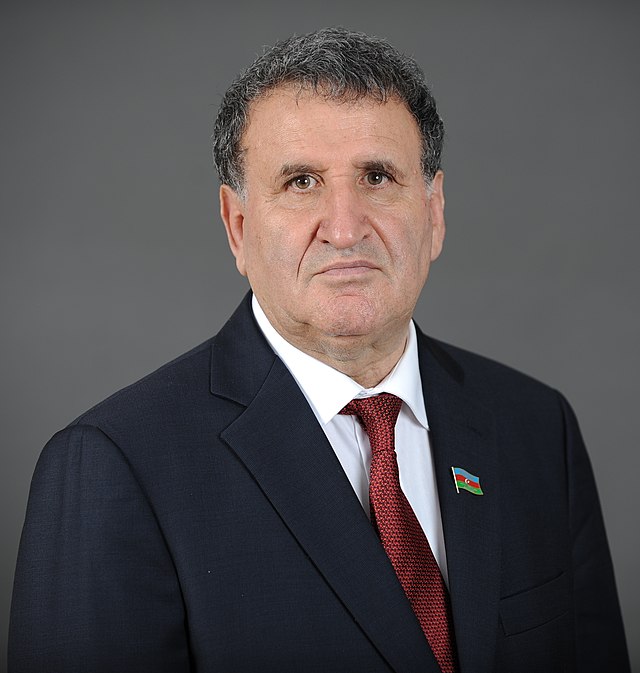
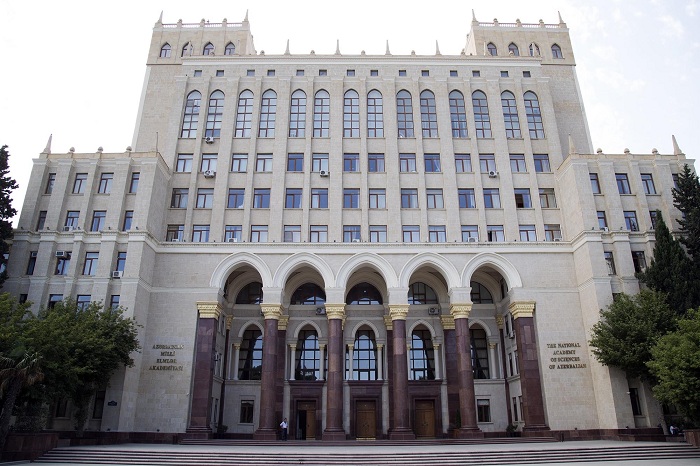


 Elm TV
Elm TV
 Photo
Photo
 Video
Video
